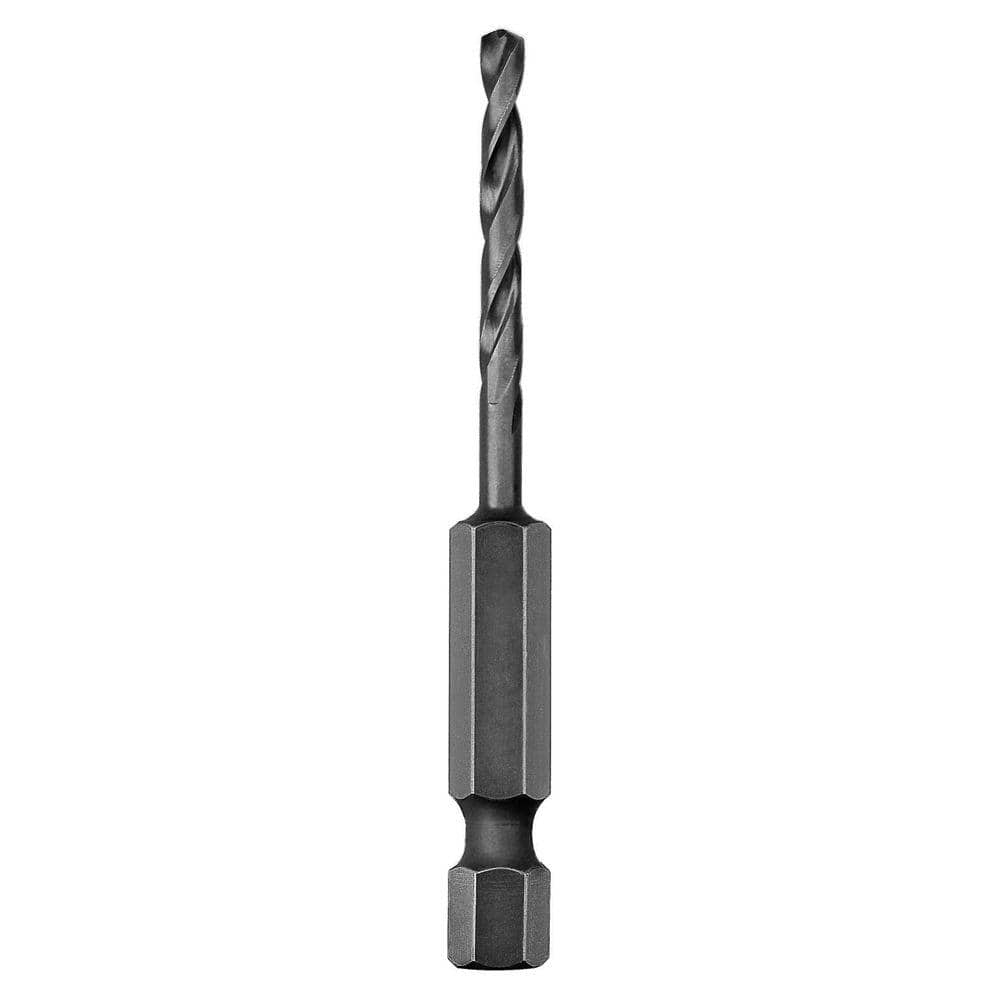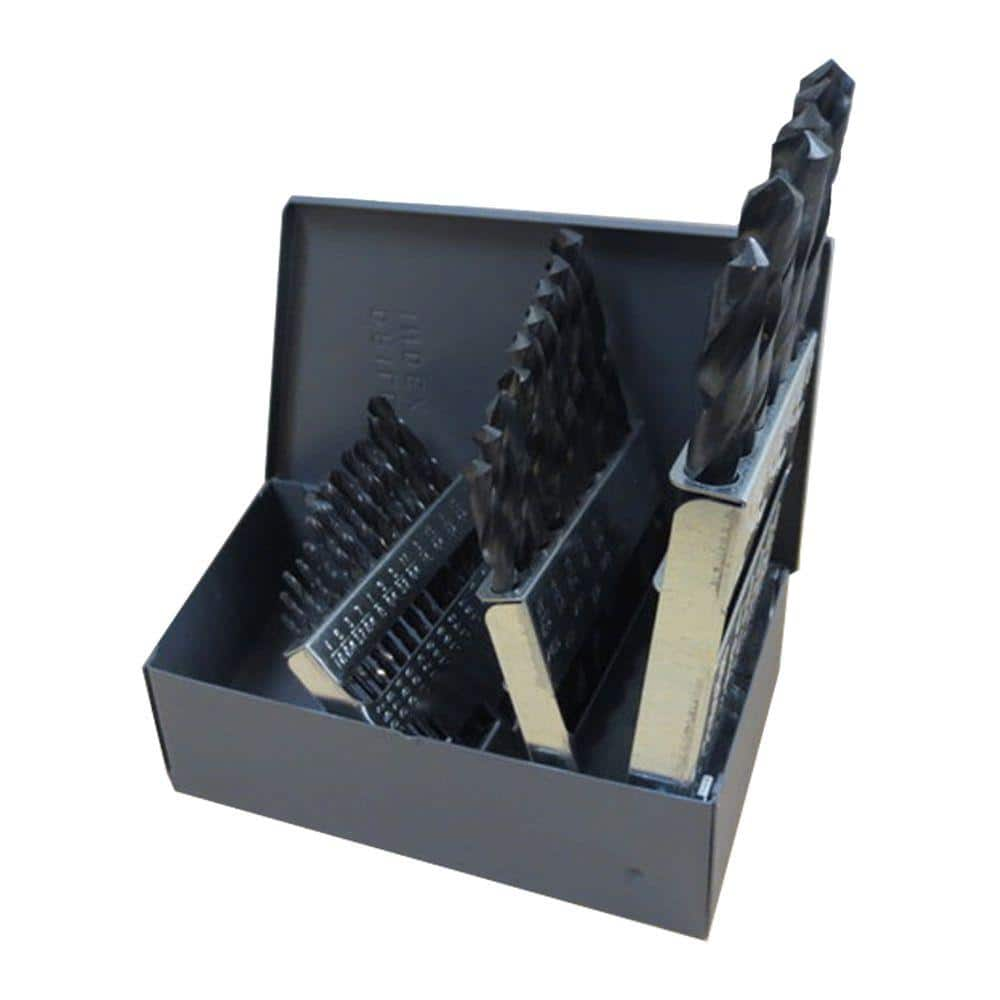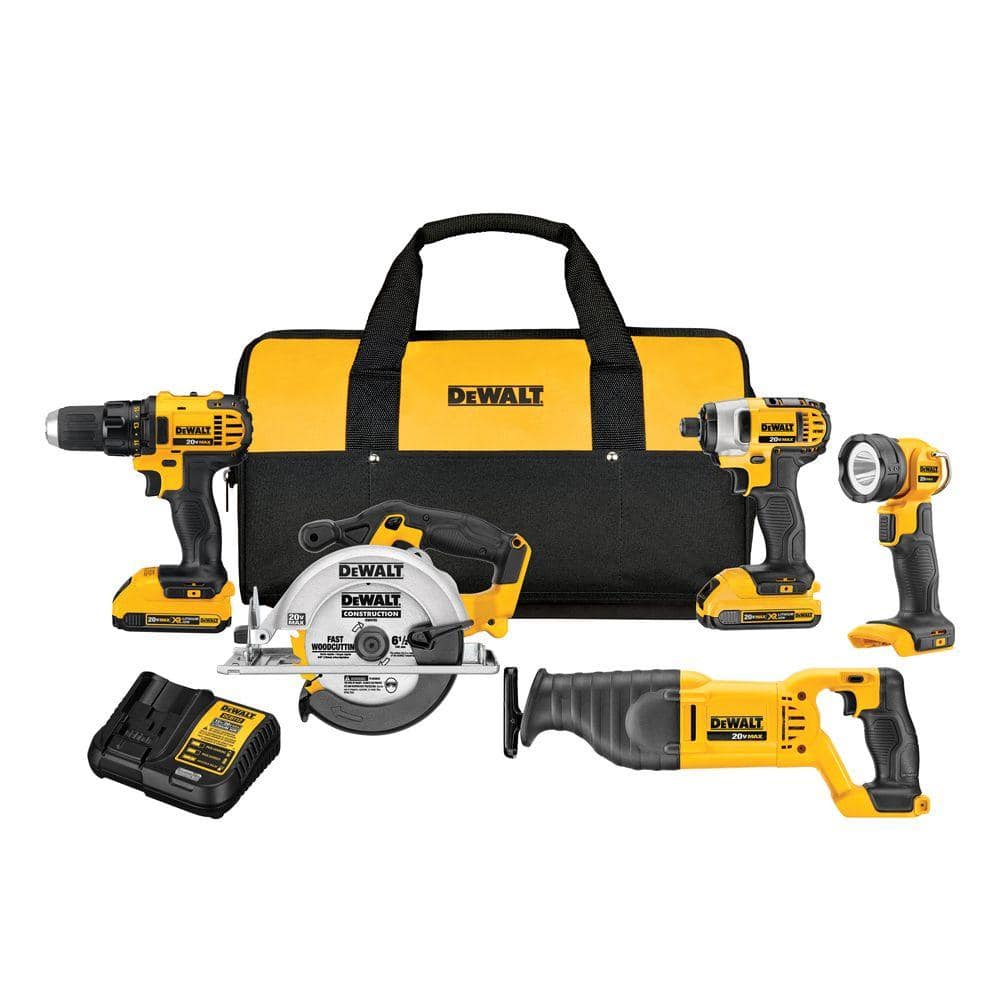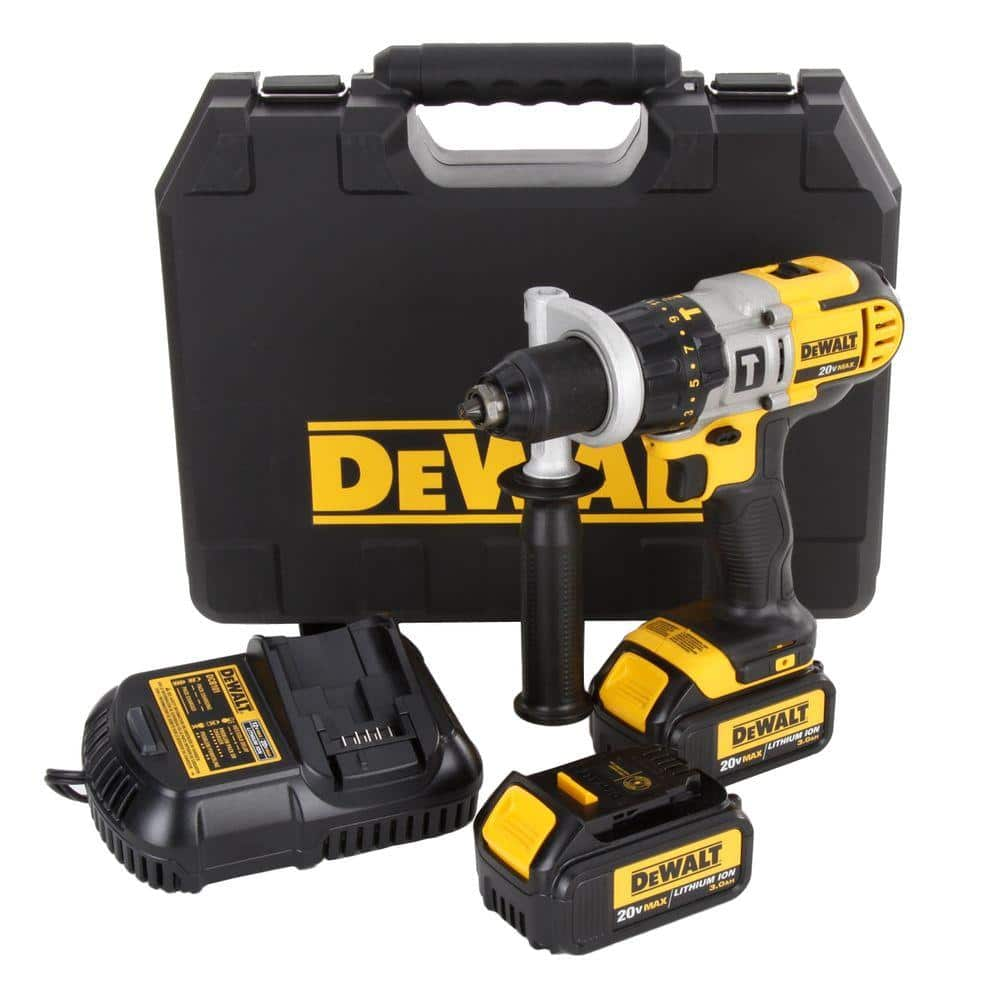Best Cordless Drills for Your Projects
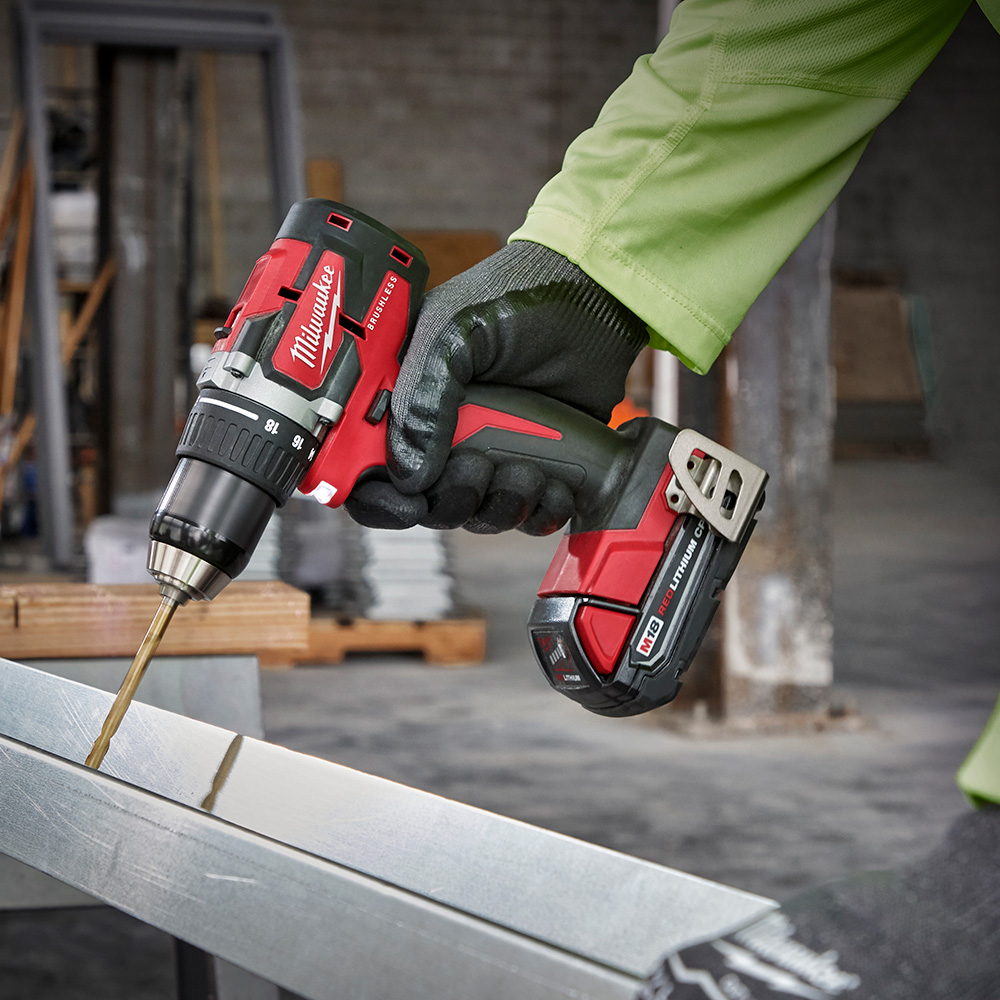
Last updated September 7, 2023
Having cordless power drills in your tool arsenal allows you to perform drilling and driving tasks with ease anywhere in or around your home, without having to worry about an extension cord or being near an outlet.
This guide highlights the common uses of different types of cordless drills, their batteries, features and other information to help you find the best cordless drills for your projects.This guide highlights the common uses of different types of cordless drills, their batteries, features and other information to help you find the best cordless drills for your projects.
Table of Contents
Types of Cordless Drills
Cordless Drill Features
Cordless Drill Batteries
Cordless Drill Safety and Other Considerations
Types of Cordless Drills

- Power drills are a basic type of drill suitable for most household applications and DIY projects. These are used for drilling holes and to drive screws. The clutch can be adjusted to consistent drill depth.
- Hammer drills make a forward pounding motion as the bit rotates to make driving holes into masonry and other hard surfaces easier. The hammering mode on most models can be turned off to allow only drilling functionality.
- Right-angle drills have a chuck mounted at a 90-degree angle to the drill body. These are ideal for working on tasks in tight spaces.
- Rotary hammers pound through tough materials including concrete, masonry and tile. Some models include rotation-only, rotary hammer and hammer-only modes. These feature a secondary handle for added stability.
- Screw guns are designed to drive screws, primarily for drywall applications. They include high torque motors for driving into dense materials. This reduces user fatigue for large projects.
Impact Drivers:
- Impact drivers have a powerful impact mechanism that drives lag bolts and large fasteners quickly and efficiently. Compact design and impact functions reduce twisting force on the wrist and user fatigue.
Cordless Drill Features
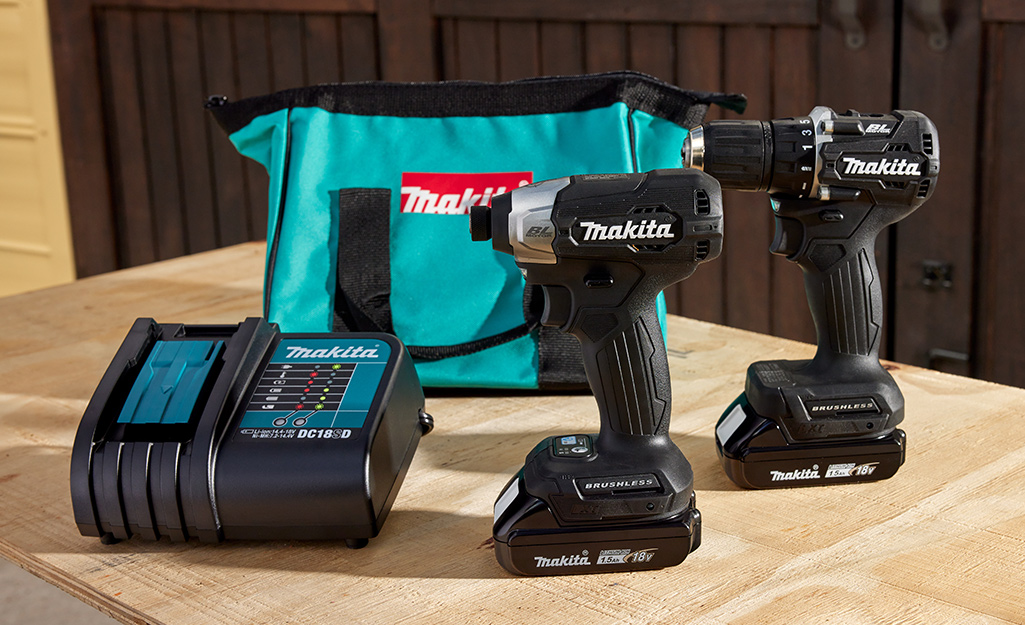
There are many features to consider when buying a cordless drill. After determining the right tool for your drilling applications, consider these components before making a purchase.
- Forward/Reverse Switch: Typically located right above the drill trigger, this switch comes in handy once the nail or other fastener has been placed. The reverse feature allows you to make sure the bit comes out of the hole easily.
- Grip: When choosing the best cordless drills for you, remember to find one with a grip that feels good in your hands, not necessarily the most powerful model on the market. Most have an ergonomic pistol grip with a flat battery pack attached to the base of the handle. Some lighter-duty drill/driver tools have a pivoting handle to permit operation in tight spaces. Cordless rotary hammers and some hammer drills have an additional side handle to give a user more leverage when boring into masonry.
- General-use drills have the most common chuck size of 3/8-inch to accommodate the majority of drill bits. The most powerful cordless drill would have a 1/2-inch chuck for heavy-duty applications while light-duty tools have a fixed 1/4-inch size. Some chucks require a key to adjust the clamp, but most have keyless chucks.
- Torque: Torque is the rotating force of a drill. Many cordless drills feature an adjustable torque control. This clutch can be set to increase or limit the amount of torque delivered to control depth and prevent over-screwing or stripping screws in driving applications. Lower clutch settings are used for screwing projects, while a higher number allows the tool to bore at full strength. Cordless drill reviews have varied results of the automatic torque control available on some models.
- Speed: Drill speed is measured in rotations or revolutions per minute, or RPMs. A higher RPM value means faster drilling. Most models on the market have a variable speed trigger that allows the user to control how fast the tool spins. Use a faster speed when drilling through wood and a slower speed for drilling screws. Most drills are reversible, meaning that they can be used to loosen or remove screws. Specifications for cordless hammer drills also include a speed value in BPMs, or bumps per minute.
- Voltage: Voltage
is the measure of the energy output of the drill. Most drills average from 7.2 to 20 volts. The 12-volt models are great for general purpose use around the house.
Cordless Drill Batteries
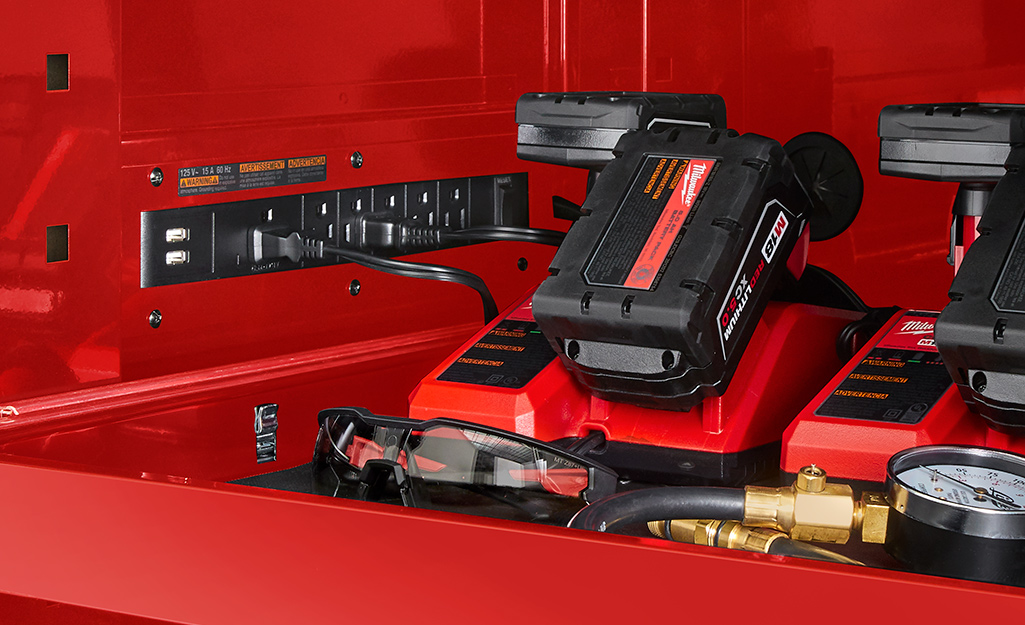
Cordless power drills are only as powerful as their rechargeable batteries. Like most other batteries, for a cordless drill battery, a higher voltage means more power. The most common rating is 18-volt, which is suitable for most household and DIY uses. The range spans from a 4-volt battery to 28-volt models used for some heavy-duty tools.
Amp hours, abbreviated Ah, is a measurement that indicates the energy capacity of a battery, or battery life. A higher number means longer operating time. A lithium-ion battery with 3.0Ah will last twice as long as one with 1.5Ah. That higher capacity also weighs twice as much, so choosing less amps and having spare batteries available might be a good option if the weight of the tool is a concern.
Start every project with a fully charged battery in the drill and a backup battery in the charger. That way, you'll avoid having two exhausted batteries at the same time. Whenever you take a break, also give your drill a breather by putting the battery into the charger or swapping power packs.
Cordless Drill Safety and Other Considerations

Always exercise caution when using power tools. Follow the manufacturer's instructions for proper operation, and use tools only for their intended purpose. Wear safety equipment including eye protection when using a power drill.
Before purchasing, visit The Home Depot to hold the drills with batteries installed to help you determine if the tool is the right fit. The quoted weight may not include the battery. It's also a good idea to choose a drill with rubberized grips to prevent slippage.
After you have decided on the right drill for you, remember that drill bits are just as important as the drill itself. Specific bits sizes can be purchased individually, but it’s recommended to get a set of bits that includes a wide range of sizes to handle almost any DIY project. With the right attachment, drills can also be used for sanding, buffing and even mixing cement.
Consider a cordless drill set that includes other useful power tools. While they might not contain tools for special uses, like cordless right-angle drills, many simple combo kits will include a small cordless drill and an impact driver along with a spare battery. For one-off projects and quick home renovations, you can rent power tools from The Home Depot.

